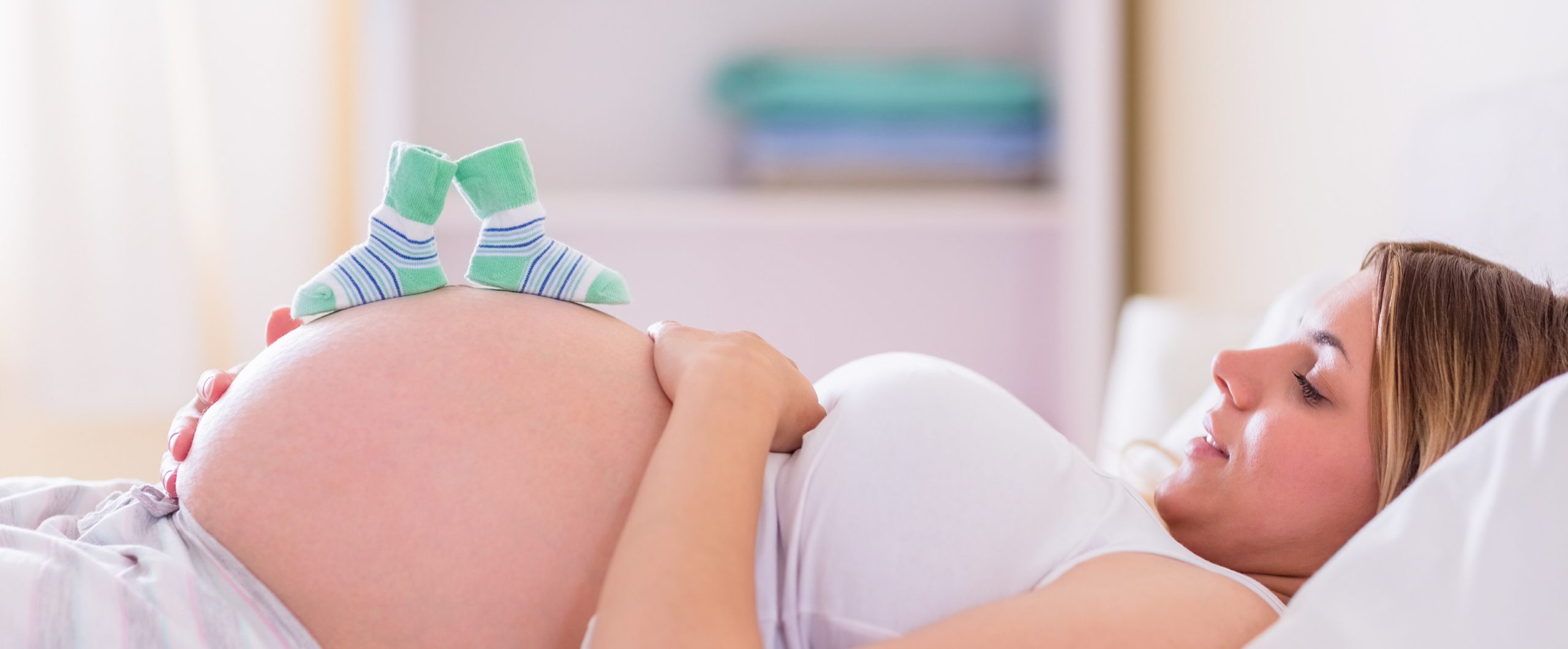Neeva Baby Reviews – Read What All Say about it?
We have compiled Neeva Baby reviews from various audiences, including bloggers, expert reviewers, the brand itself and, most importantly, the normal consumer. Read What All Say About Neeva Baby, Using latest technology in fetal heartbeat monitoring.

Neeva Baby Meta Review - Insights and Highlights
Discover firsthand opinions about Neeva Baby. Is it a hit or miss? We’ve aggregated user and pro reviewers feedback for you. below are the key takeaways:

Pros:
"Neeva Baby is Fully certified and approved to ensure safety for Mom's and Baby's."
"It arrived fast and it works almost as well as the ones in the dr’s office. I definitely recommend!"
" I am SO thrilled to have discovered this amazing company. I have the doppler and sanitizer. 10/10."
"Would recommend buying especially if worried about baby. Used everyday from 16.5 weeks until I gave birth at 38 weeks."
" When I had bought Neeva Baby Doppler, it was awesome it came nice with no damage and it also came with the gel which put me to shock."
"Received my product in the same week I purchased it! Excellent service and highly recommended."
"It came quickly and was exactly what I ordered. It works very well! Very happy with my purchase!"
"Using the Neeva Baby Fetal Doppler has been such great reassurance for us."
"We love it so much! It's so comfortable to listen your baby's heartbeat at home whenever you want!"
"The Neeva Baby is portable with a compact design, so you could easily travel with it as well."
"I was able to find my baby’s heartbeat at 10 weeks! Very easy to use."
"Thankful for this product !! Great clear sound of baby’s heart beat!!"
"Happy with the fast shipment && great quality of product with no damage"
Cons:
"I think this product would probably just make the general public anxious because it is poorly made. Do not recommend."
"This Doppler never provides an accurate heartbeat."
"No Transparency, Lack of Customer Care, False Communications on Website"
" I can usually hear a heartbeat on it but half the time I don't see it register on the doppler itself."
"It doesn't work. I go to find the heartbeat and can't. I've watched many instructional videos. I go to the doctors office and they find it immediately."
"Not so good. So many noises unable to hear the heartbeat clearly at 20 weeks prego"
Final Thoughts:
"Owning the Neeva Baby Fetal Doppler for home has been the comfort I never knew I needed. I highly recommend every expecting mom uses one after her first trimester. It would also be an amazing gift to receive!"
"This heartbeat monitor is suitable for use after the 12th week of pregnancy. It gives you peace of mind and reassurance throughout the rest of the 28 weeks!"
"Overall, Neeva Baby has great products, but some customers face problems with dopplers. So, we recommend you to go through the reviews and after full satisfaction only buy the products."
When can I start listening to my baby's heartbeat?
During week 6 of pregnancy the baby’s heart and circulatory system will start forming. Most women report hearing the heartbeat between weeks 9 and 14, depending on the position of the baby in the womb.
What do I need to get started?
Plug the probe into the bottom of the device. Insert AA batteries into the back compartment of the Neeva Fetal Doppler. Press the middle power button to turn on the LCD Display. Make sure you have your Aquasonic Clear Gel nearby and some tissue for cleanup later.
What steps should I take once I have my device in hand?
- Use Lots of Gel
2. Position the Probe
I can't seem to find the heartbeat, or heartbeat is faint. Why is that?
Please note that if you are trying to get the reading of the fetal heart rate in the early stages of the pregnancy, the heartbeat may not be strong enough to hear or the baby may be in a position that doesn’t allow the fetal doppler to obtain a clear reading of the heart rate. In this case, it might be wise to try again in a few minutes or the following day.
Is it to diagnose any medical condition?
This product is not intended to diagnose any medical condition and it should not be used to come to a conclusion based on its findings. It is not a replacement for a medical doctor and recommended ultrasound check by your obstetrician. Please consult your medical practitioner on the use.
What if heartbeat is not detectable?
If the heartbeat is not detectable within 1 – 2 minutes, do not keep trying. Limit your use to once every other day for about 5 minutes. The reason for this is to limit exposure to medical technology although there has been no known impact of prolonged exposure to ultrasound technology.
Can home doppler hurt the baby?
Using it for a few minutes once a week shouldn’t cause any harm to your baby. At-home fetal dopplers can also be potentially harmful because they can give you a false sense of reassurance, according to the United Kingdom’s National Health Service (NHS).
